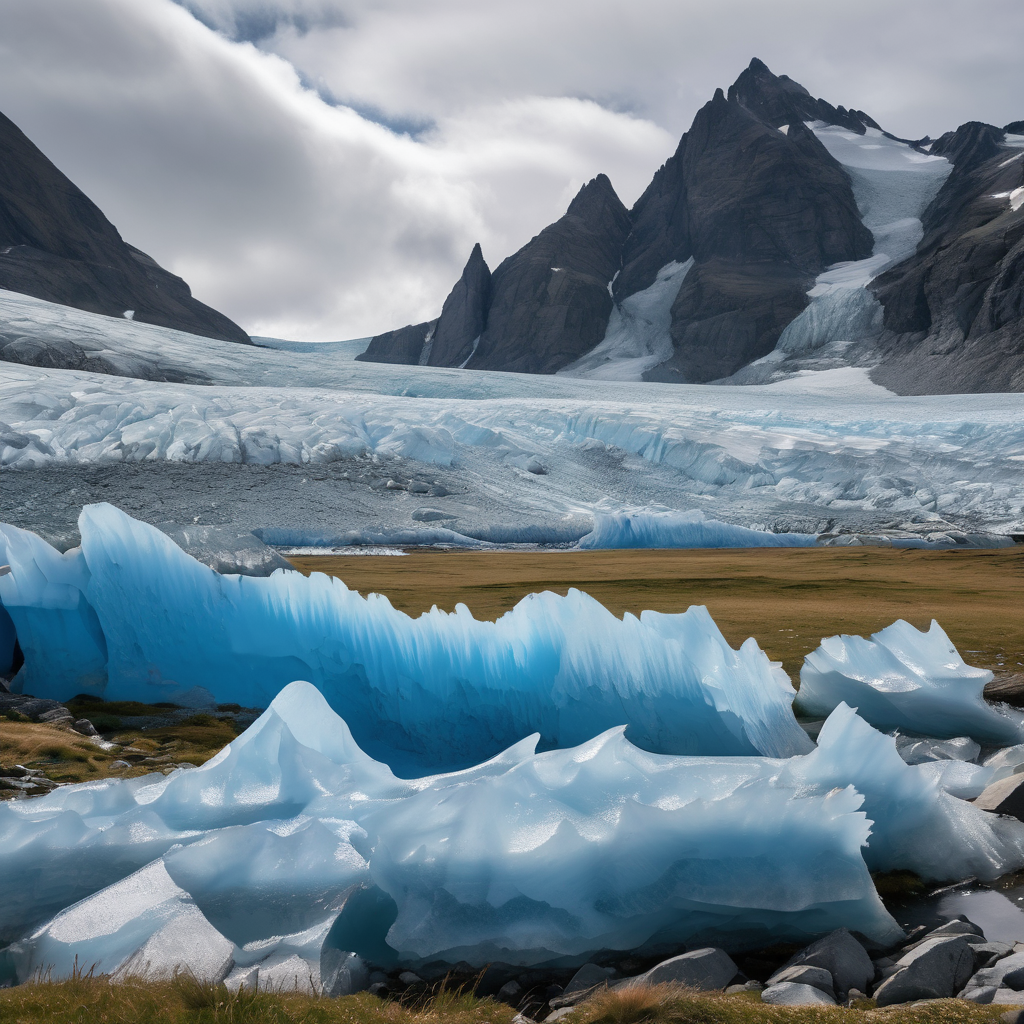Alpine glaciers are experiencing alarming rates of melting, even at their highest altitudes. A recent assessment from the Swiss Glacier Monitoring Network (GLAMOS) revealed that Swiss glaciers lost an additional 3% of their volume in 2025, marking the most significant retreat since previous alarming years in 2003, 2022, and 2023. Consequently, glaciers across Switzerland have now shrunk by a quarter since 2015 alone.
Matthias Huss, director of GLAMOS, noted that while the melting rate this year was less severe than expected, the consistent occurrence of negative reports is concerning. “We’re getting used to these very negative years,” he stated, highlighting a troubling pattern that suggests a new, unfortunate normality.
The Alps are warming at an accelerated pace compared to the rest of the globe, with GLAMOS reporting that between 2016 and 2022 alone, around 100 of Switzerland’s nearly 1,400 glaciers disappeared completely. The recent melting trend can be attributed to a combination of unusually high temperatures, which saw the zero degree line rise above 5,000 meters multiple times this summer, and insufficient snowfall that failed to provide the usual protective cover for glaciers during warmer months.
In eastern Switzerland, some areas recorded the lowest fresh snow levels observed, compounding the issue. Heatwaves, particularly in the warmer months of June and August, further exacerbated the situation, causing significant thickness loss in glaciers such as the Plaine Morte and the Aletsch, which is the largest glacier in the Alps.
The phenomenon of glacier retreat is not confined to Switzerland; it has been noted across the entire Alpine region. Vanda Bonardo, head of the Glacier Caravan, affirmed that all glaciers within the Alps face similar challenges, with significant changes observed, such as the Adamello glacier in Italy, which has retreated substantially over the past two years.
In Austria, forecasts suggest that within the next 40 to 45 years, glaciers may vanish almost entirely, while France’s Mer de Glace glacier has been losing an average of 30 meters per year since 2003. Concerns are also growing in Germany regarding the stability of permafrost, which faces a complete thawing scenario in the next half-century.
The implications of these changes are profound, not only for the Alpine landscape—which is crucial for tourism—but also for the hydropower industry that relies on glacier melt for reservoir water supply. The reduction of glaciers threatens to destabilize mountain regions further, increasing the risk of landslides and other natural disasters.
However, there is hope. The ongoing efforts to monitor and manage these environmental changes, highlighted in incidents like the collapse of the Birch glacier that affected the village of Blatten, illustrate the importance of preparedness and proactive measures. Advancements in technology have already demonstrated their efficacy in natural hazard management.
Organizations like the Glacier Caravan and Pro Natura are advocating for enhanced monitoring and governance of the Alpine environment. They emphasize that mitigating climate change through reduced greenhouse gas emissions remains the most effective solution to preserve these glaciers for future generations. While the challenges are significant, the collective awareness and action taken can help shape a more hopeful future for the Alps and the broader environmental landscape.
